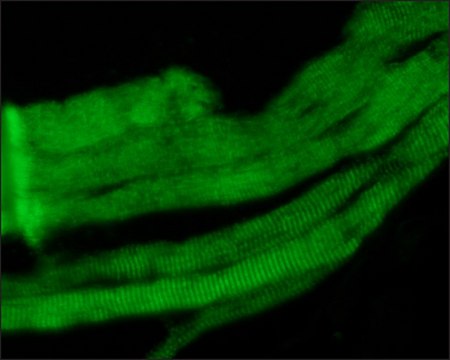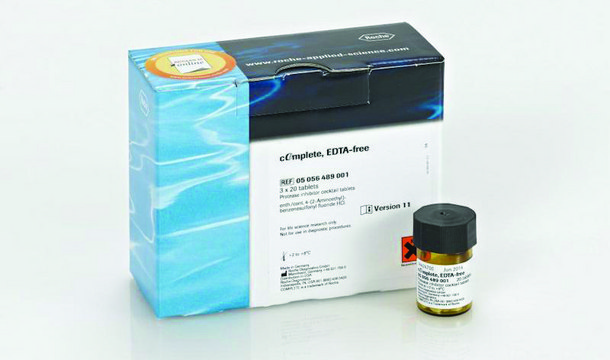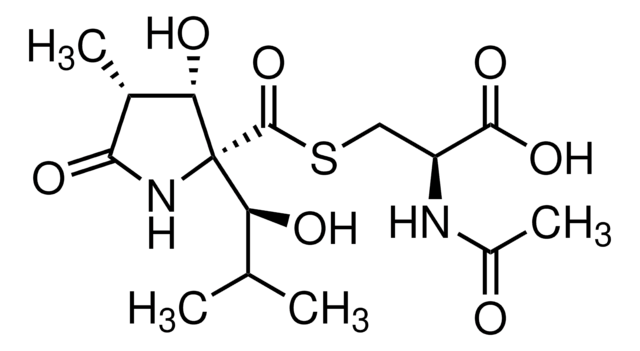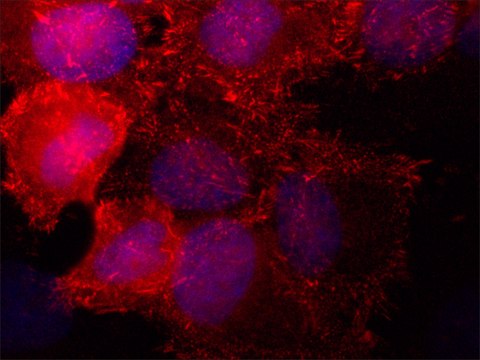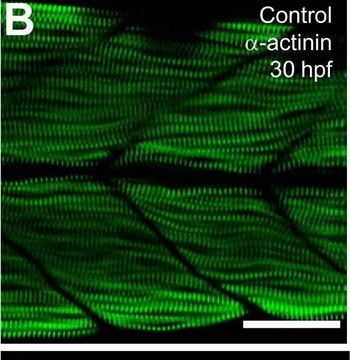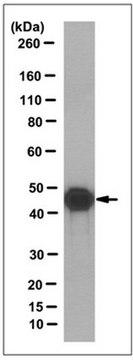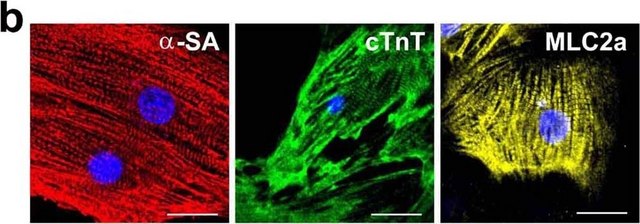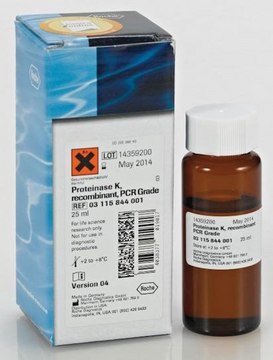P0874
Anti-Potassium Channel KIR6.1 antibody produced in rabbit
affinity isolated antibody, lyophilized powder
Synonym(s):
Anti-KATP Inward Rectifier K+ Channel 4, Anti-KCNJ8
Sign Into View Organizational & Contract Pricing
All Photos(3)
About This Item
Recommended Products
biological source
rabbit
Quality Level
conjugate
unconjugated
antibody form
affinity isolated antibody
antibody product type
primary antibodies
clone
polyclonal
form
lyophilized powder
species reactivity
rat
technique(s)
western blot: 1:200 using rat heart membranes
UniProt accession no.
shipped in
wet ice
storage temp.
−20°C
Gene Information
human ... KCNJ8(3764)
mouse ... Kcnj8(16523)
rat ... Kcnj8(25472)
Specificity
Specific for KIR6.1; does not cross react with KIR6.2.
Immunogen
peptide, (C)KRNSMRRNNSMRRSN, corresponding to amino acid residues 382-396 of rat KIR6.1. This sequence has 15/16 residues identical in human, pig, rabbit, and mouse.
Physical form
Lyophilized from phosphate buffered saline containing 1% bovine serum albumin and 0.025% sodium azide.
Disclaimer
Unless otherwise stated in our catalog or other company documentation accompanying the product(s), our products are intended for research use only and are not to be used for any other purpose, which includes but is not limited to, unauthorized commercial uses, in vitro diagnostic uses, ex vivo or in vivo therapeutic uses or any type of consumption or application to humans or animals.
Not finding the right product?
Try our Product Selector Tool.
Storage Class Code
11 - Combustible Solids
WGK
WGK 2
Flash Point(F)
Not applicable
Flash Point(C)
Not applicable
Regulatory Information
常规特殊物品
含少量动物源组分生物产品
Choose from one of the most recent versions:
Already Own This Product?
Find documentation for the products that you have recently purchased in the Document Library.
Wengeng Zhang et al.
Precision clinical medicine, 3(1), 22-33 (2020-04-08)
Ion channels are a large family of transmembrane proteins, accessible by soluble membrane-impermeable molecules, and thus are targets for development of therapeutic drugs. Ion channels are the second most common target for existing drugs, after G protein-coupled receptors, and are
Maria Consiglia Trotta et al.
Frontiers in physiology, 9, 1475-1475 (2018-11-13)
The study explored the anti-hypertrophic effect of the melanocortin MC5R stimulation in H9c2 cardiac myocytes exposed to high glucose. This has been done by using α-MSH and selective MC5R agonists and assessing the expression of GLUT4 and GLUT1 transporters, miR-133
Wengeng Zhang et al.
Wound repair and regeneration : official publication of the Wound Healing Society [and] the European Tissue Repair Society, 23(6), 797-806 (2015-07-30)
Previous studies indicate that ion channels are mediators of bioelectricity promoting wound closure/regeneration in nonmammalian, lower vertebrate systems. The role of ion channels however in regeneration of wounds in mammalian systems that do not regenerate as adults is not yet
Our team of scientists has experience in all areas of research including Life Science, Material Science, Chemical Synthesis, Chromatography, Analytical and many others.
Contact Technical Service

